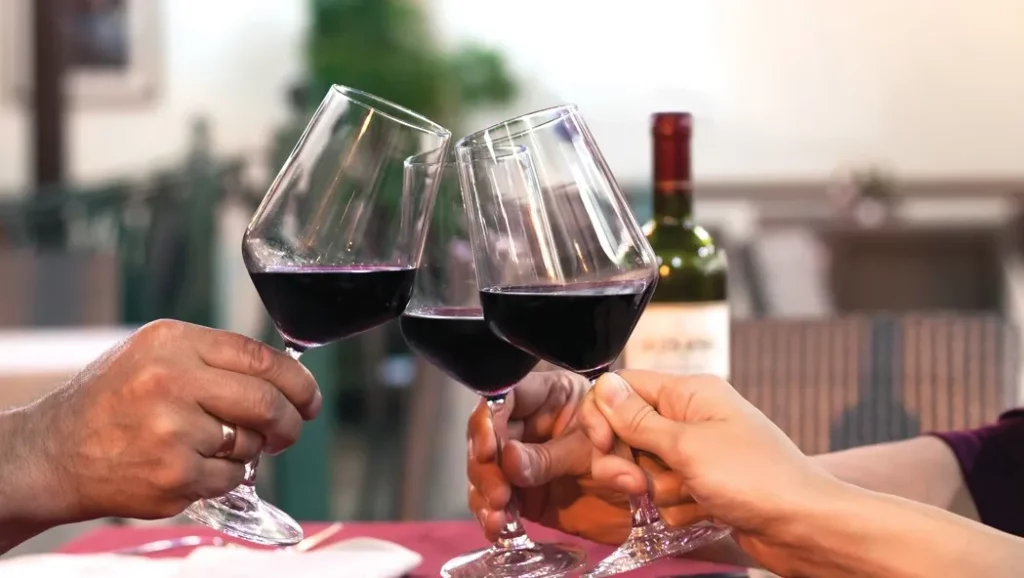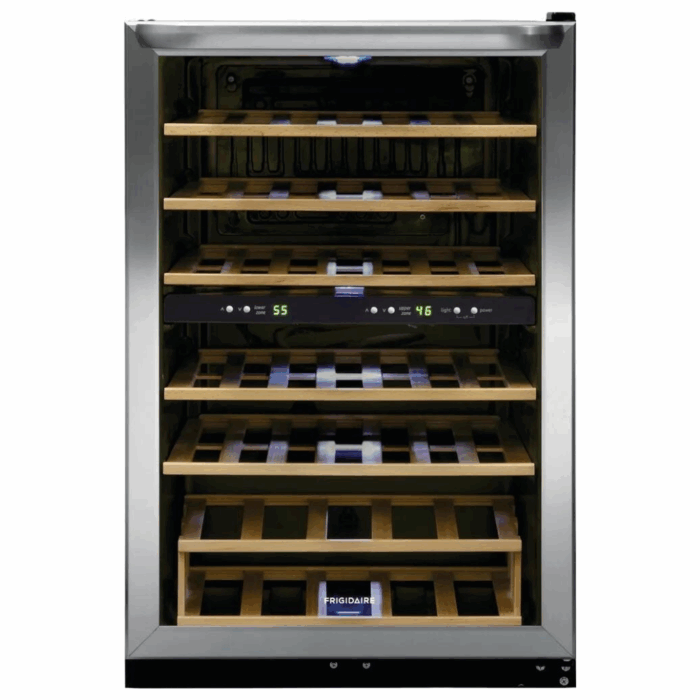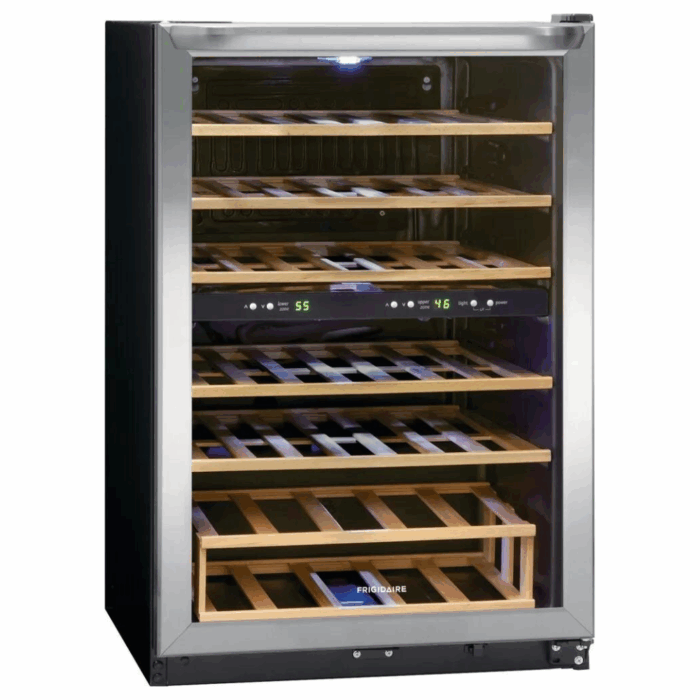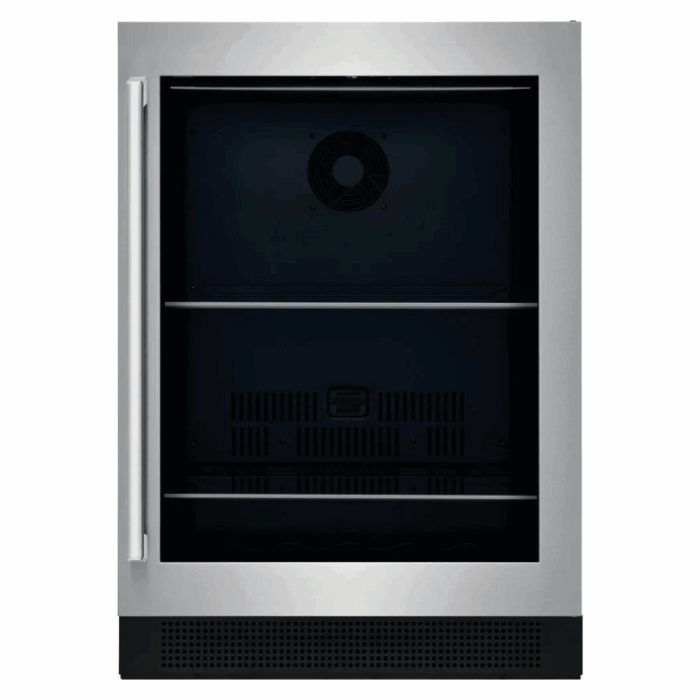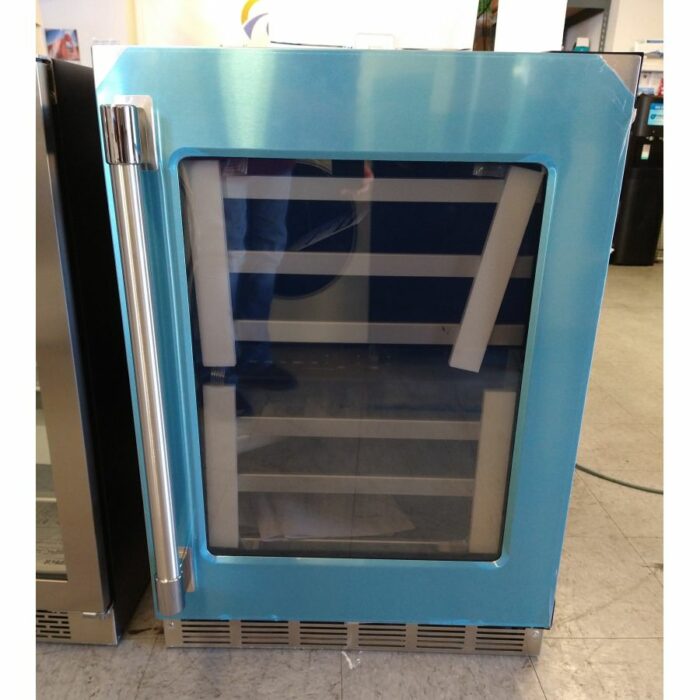Guides, Wine Storage
How to Preserve Wine After Opening: Expert Tips for Lasting Flavor
You’ve just uncorked a beautiful bottle of wine, savored a glass or two, but now you’re faced with a common dilemma: how to preserve the remaining wine after opening. Whether you’re a casual wine enthusiast or a seasoned connoisseur, knowing how to properly store opened wine can save you money and ensure you enjoy every last drop at its best. In this comprehensive guide, we’ll explore various methods and tools to help you extend the life of your opened wine, maintaining its flavor and quality for days or even weeks to come.
Understanding Wine Oxidation
Before diving into preservation techniques, it’s crucial to understand why wine deteriorates after opening. The primary culprit is oxidation – the chemical reaction that occurs when wine is exposed to air. While some oxidation can enhance a wine’s flavor (which is why we decant certain wines), excessive exposure to oxygen leads to:
- Loss of fruity aromas and flavors
- Development of unpleasant, vinegar-like tastes
- Color changes, particularly in red wines
Knowing this, our goal in preserving opened wine is to minimize its contact with air. Let’s explore how to achieve this effectively.
Re-corking: The Basic First Step
The simplest method to preserve wine after opening is to re-cork it properly:
- Clean the bottle neck to remove any debris
- If the original cork is in good condition, reinsert it with the wine-stained end going in first
- For synthetic corks or if the original is damaged, use a replacement cork or wine stopper
While re-corking is a good start, it’s not enough on its own for longer-term storage. Combine this method with the following techniques for better results.
Refrigeration: Your Ally in Wine Preservation
Regardless of the type of wine, refrigeration is key to slowing down the oxidation process:
- Store all opened wines, including reds, in the refrigerator
- For red wines, remove from the fridge 30-60 minutes before serving to bring them to proper drinking temperature
- White and sparkling wines can be served directly from the fridge
Remember, colder temperatures slow down chemical reactions, including oxidation, helping your wine stay fresher for longer.
Vacuum Pumps: Removing Air for Extended Freshness
Vacuum pumps are popular tools for preserving wine after opening. Here’s how they work:
- Insert the pump’s stopper into the bottle
- Use the pump to extract air, creating a vacuum seal
- This reduction in oxygen helps slow down the oxidation process
Pros:
- Affordable and easy to use
- Can extend wine life by several days
Cons:
- May strip some volatile compounds, potentially affecting delicate wines
- Seal can deteriorate over time
For best results, combine vacuum pumping with refrigeration.
Inert Gas Preservation Systems
For those serious about preserving wine after opening, inert gas systems offer a professional-grade solution:
- These systems use argon or nitrogen gas to create a protective layer over the wine
- The inert gas, being heavier than air, displaces oxygen and forms a barrier
- High-end systems like Coravin allow you to pour wine without removing the cork
Pros:
- Can preserve wine for weeks or even months
- Ideal for expensive or rare wines
Cons:
- More expensive than other methods
- Requires ongoing purchases of gas canisters
Transfer to Smaller Bottles
Another effective method to preserve wine after opening is to transfer it to a smaller bottle:
- Pour the remaining wine into a clean, appropriately sized bottle
- Fill it as close to the top as possible to minimize air contact
- Cork or seal the smaller bottle tightly
This method works because it reduces the amount of air that can come into contact with the wine. Half-bottles (375ml) are perfect for this purpose.
Wine Preservers and Stoppers
Various specialized wine preservers and stoppers are available in the market:
- Stoppers with built-in vacuum pumps
- Preservation sprays that lay a protective gas layer over the wine
- Silicone or rubber stoppers for a tighter seal than traditional corks
While these can be effective, their performance often varies. It’s worth experimenting to find what works best for your needs and budget.
Specific Tips for Different Wine Types
Different types of wine have varying preservation needs:
Red Wines:
- Can typically last 3-5 days when properly stored
- Full-bodied reds may even improve slightly after a day of being open
White Wines:
- Generally last 3-5 days
- Lighter whites may lose their crispness faster than fuller-bodied varieties
Sparkling Wines:
- Use a specialized sparkling wine stopper to maintain carbonation
- Even with proper storage, aim to consume within 1-3 days for best quality
Fortified Wines (Port, Sherry):
- Thanks to higher alcohol content, these can last several weeks to months
- Store upright in a cool, dark place
Signs Your Wine Has Gone Bad
Even with the best preservation methods, it’s important to know when wine is past its prime:
- Visual cues: Cloudiness, change in color (browns in reds, darkening in whites)
- Aroma: Vinegary, musty, or chemical smells
- Taste: Flat, lacking fruit flavors, or reminiscent of vinegar
If you notice these signs, it’s best to discard the wine.
Creative Uses for Wine Past Its Prime
If your wine has oxidized but isn’t completely spoiled, consider these alternative uses:
- Cooking: Use in sauces, marinades, or deglazing pans
- Vinegar making: Allow it to ferment further into homemade vinegar
- Composting: Add to your compost bin for a nutrient boost
Knowing how to preserve wine after opening not only saves money but also ensures you can enjoy your favorite vintages at their best, even days after uncorking.
By understanding the science of wine oxidation and employing methods like proper re-corking, refrigeration, vacuum pumping, or using inert gas systems, you can significantly extend the life of your opened wines.
Remember, different wines have varying preservation needs, so don’t be afraid to experiment with different methods to find what works best for your wine collection and drinking habits.
Whether you’re a casual wine drinker or a dedicated oenophile, these techniques will help you make the most of every bottle.
So, the next time you’re hesitant to open that special bottle just for a glass or two, you’ll have the knowledge and tools to preserve it effectively.
Cheers to savoring your wine at its best, down to the last drop!
Shop our selection of premium wine storage solutions
Refrigerators - Wine
Refrigerators - Wine
Electrolux 5.1 Cu. Ft. Under-Counter Beverage Center – Stainless Steel
Scratch and Dent
Thermador – Professional Series 41-Bottle Built-In Wine Refrigerator – Stainless steel

